Samsung WP10 Review
Samsung WP10
Samsung dives into the underwater camera market.
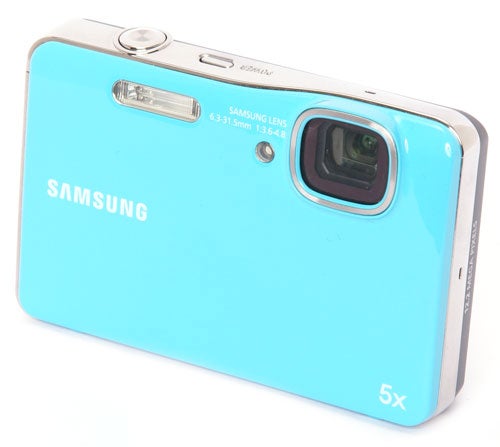
Verdict
Key Specifications
- Review Price: £125.90
A couple of years ago, if you wanted a waterproof digital compact camera you had only two choices, either a Pentax W-series, or an Olympus mju-Tough. More recently however most of the major manufacturers have launched waterproof, shockproof and freeze-proof cameras, with high-performance models such as the Canon D10, the Panasonic FT series , the Fuji Z33 and the superb Sony TX5. While the ruggedness of these cameras varies, they all have one thing in common; they are all expensive. The “entry-level” Panasonic FT10 is over £200, and even the Fuji W33 is £150. 
In typical style Samsung has now launched its first waterproof compact, the WP10 – WP standing for “waterproof”, presumably – which is currently selling for around £125, making it by far the cheapest on the market. For a price like that can it really compete with the established brands? Compared to the leading adventure cameras it may look a little delicate; while the likes of the Canon D10 and Panasonic FT2 can survive depths of ten metres and drops of up to two metres, the WP10 is only good for three metres underwater, and has no special shockproof or freeze-proof abilities.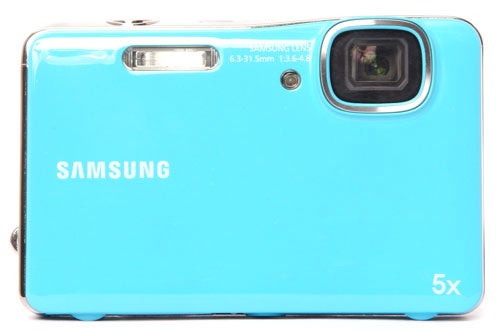
In terms of specification the WP10 is a fairly typical pocket compact, featuring a 12.2-megapixel 1/2.33-inch CCD sensor, a 6.9cm (2.7in) LCD monitor and an internal 5x zoom f/3.6 – f/4.8 Samsung-branded lens. It has an all-plastic body, and measures 93.8 x 61 x 18.5mm, making it also
one of the smallest waterproof cameras on the market, although not as compact as the Sony TX5. It is available in a range of colours, including black, red, yellow and the bright turquoise blue seen here.
The overall build quality is good, and despite its plastic construction the WP10 feels sturdy and well made. The battery hatch has a strong metal hinge, and both this and the USB port hatch have secure locking latches and rubber seals. The controls are more solidly mounted than on some of Samsung’s cheaper cameras, but still have the hard-to-see embossed labels on most of them. The zoom control is a simple rocker switch, but it is large enough to avoid being fiddly. The zoom action is rather slow, but it is smooth and silent.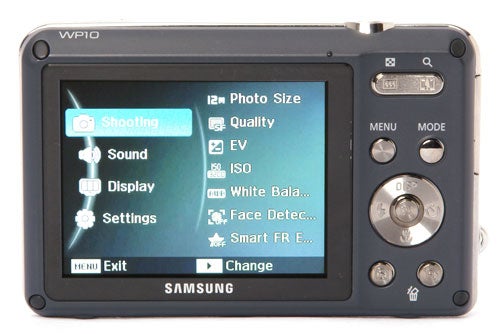
The WP10 has a similar control interface to another recent Samsung compact, the superb value ST70. Main shooting mode is selected by the Mode button, and options include Program Auto, the easy-to-use Smart Auto, a Scene mode with 14 scene programs, and a movie recording mode. Most common shooting options can be adjusted via a quick function menu, and there is also an attractively designed and comprehensive main menu.
The WP10 is fairly light on special features. It has no optical image stabilisation, relying instead only on the inferior digital stabilisation. It does provide some extra stability, but only about a stop’s worth. The scene modes do include one underwater shooting program, but other than that it has the features set of a typical budget compact. It does have one slightly unusual feature though; the feet on the bottom panel are angled in such a way that the camera sits pointing seven degrees upwards, which is supposed to help with framing self-timer shots. It’s potentially useful under certain circumstances, but hardly constitutes a unique selling point.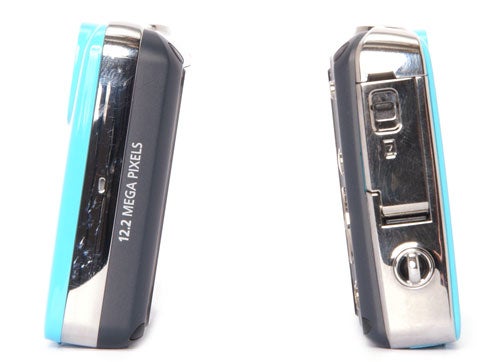
The WP10 has a video recoding mode of course, and can shoot in 1280 x 720 resolution at 30fps, with mono audio. Full optical zoom can be used while recording, but despite the extremely quiet zoom motor audio recording is muted while zooming, with no option to turn this off. Video quality is average at best, and audio quality is also nothing special. Movie clips are recorded in MP4 H.264 format.
The WP10’s overall performance is fairly average. It can start up and be ready to shoot in approximately three seconds, but it does shut down again almost instantly, thanks mainly to not having an external lens to fold up. Shot-to-shot time in single shot mode is approximately 4.2 seconds, which is very slow by recent standards, but in continuous shooting mode it can manage a shot every 1.1 seconds, which isn’t exactly blistering but is at least faster than some rivals. }
}
As to why the camera is so slow, for a culprit look no further than the autofocus system. In low light it takes over a second to achieve focus, which isn’t too bad, but in good light it still takes just as long. It does at least have a decent AF assist lamp, so it can focus even in very dark conditions. The built-in flash is pretty decent, easily surpassing its claimed three metre maximum range. The recharge time is approximately seven seconds, which is reasonable.
Since it will be used mainly for travel and holidays, it’s rather surprising that the WP10 is powered by a puny 740mAh battery. After shooting around 150 shots and a few short video clips over the course of four or five days, with some flash usage but minimal image reviewing, the battery was exhausted. Now it is a fact that Lithium-ion batteries do take a few charge cycles to reach their full capacity, but the difference is only about ten percent, so it would probably be good for only around 170 shots on a full charge.
Overall image quality is a also fairly typical of a cheap pocket compact. In good light and normal shooting conditions it can turn out a decent snapshot, but it doesn’t cope at all well with strong backlighting. One problem is the glass cover protecting the lens; unless this is spotlessly clean it causes severe blooming and lens flare.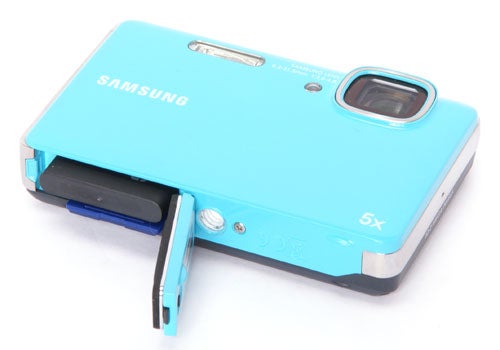
The actual optical quality is surprisingly good for an internal periscope lens, with minimal distortion or chromatic aberration. The level of detail recorded is not great though, surprising since the highest quality setting has very low compression. Dynamic range is about average for a 12MP small-sensor camera, in other words not very good, and colour rendition is also muted and under-saturated. It is image noise however that is the worst problem, with visible noise effects at all ISO settings, and a distinct loss of detail at 400 ISO. The 3200 ISO maximum setting is effectively useless due to excessive noise.
”’Verdict”’
While the WP10 is a cheaper alternative to the premium waterproof cameras from other brands, its lack of features, slow performance and inferior image quality prove that you do usually get what you pay for. The limited battery life is also a major drawback.
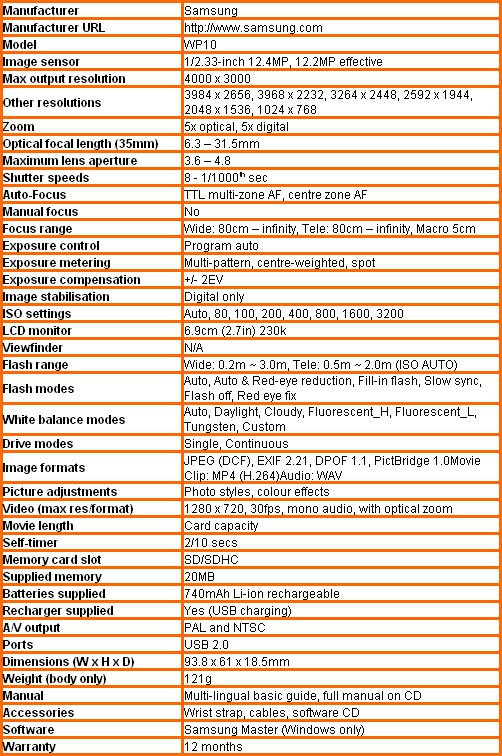
”Over the next few pages we show a range of test shots. On this page the full size image at the minimum and maximum ISO settings have been reduced to let you see the full image, and a series of full resolution crops have taken from original images at a range of ISO settings to show the overall image quality. These pictures were taken indoors using reflected natural light.”
—-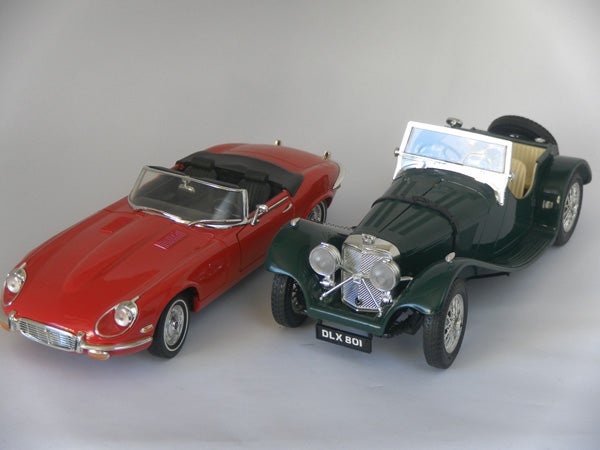
This is the full frame at minimum ISO.
—-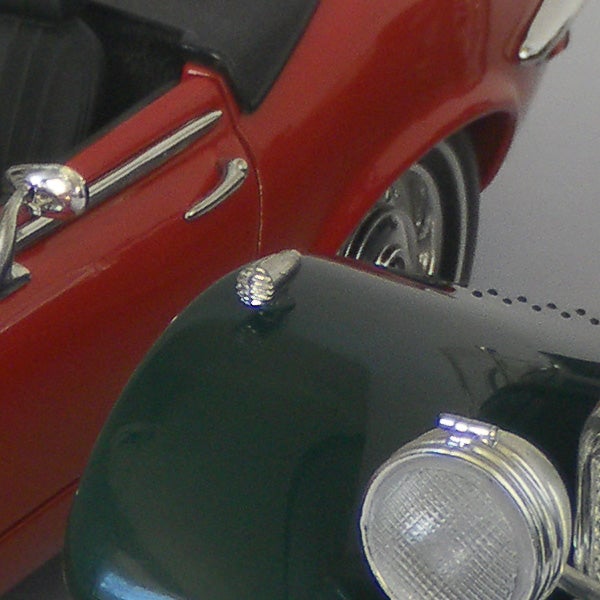
Even at 80 ISO there is some noise visible in the green areas.
—-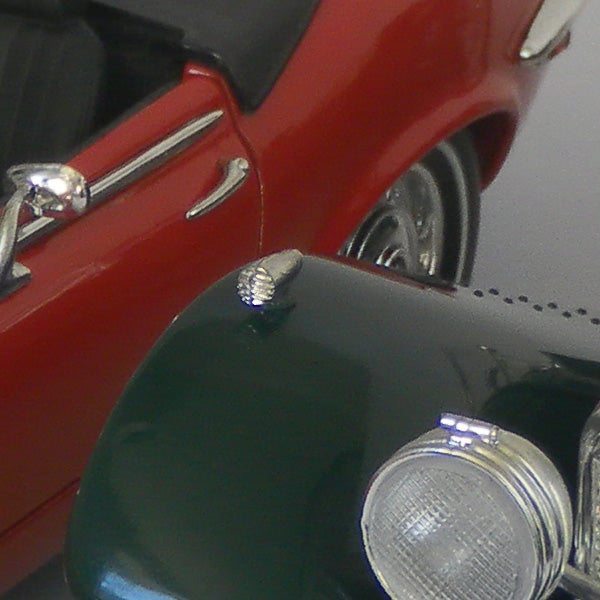
Not much difference at 100 ISO.
—-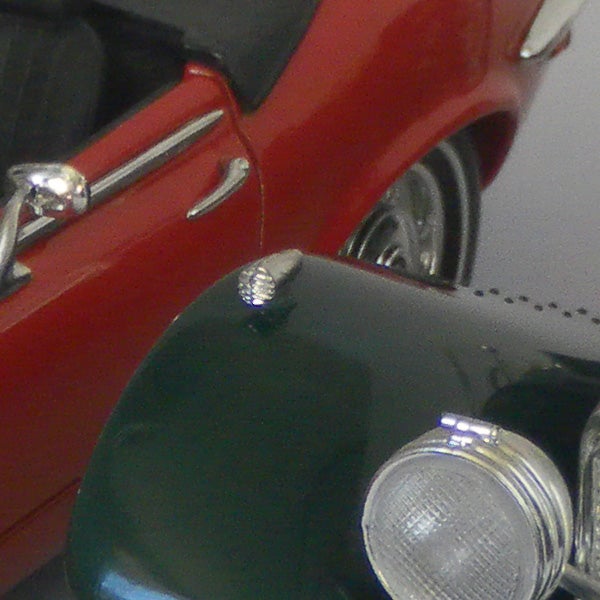
Noise is slightly more pronounced at 200 ISO.
—-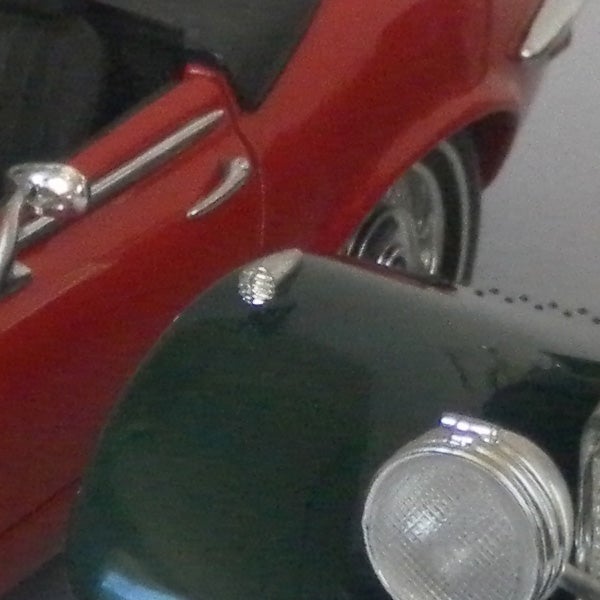
At 400 ISO the noise reduction cuts in and reduces image quality further.
—-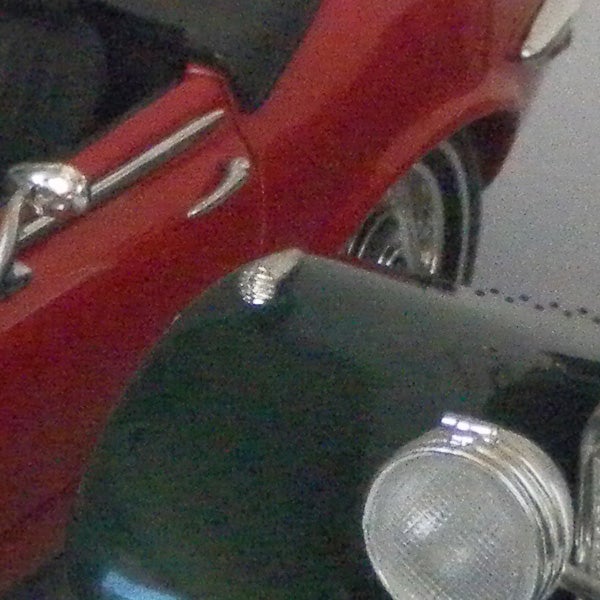
Detail is really fading at 800 ISO.
—-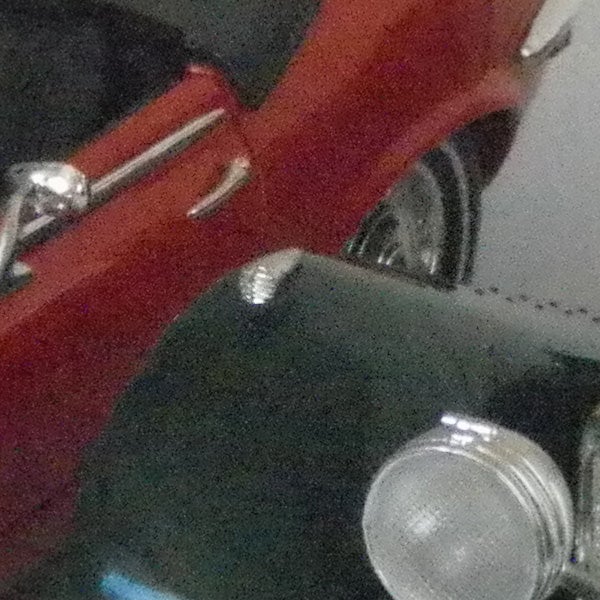
Things are getting very noisy at 1600 ISO.
—-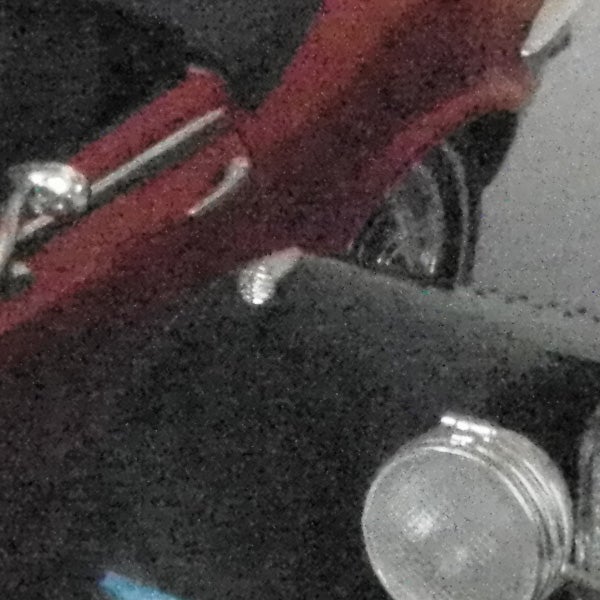
3200 ISO is pretty much unusable.
—-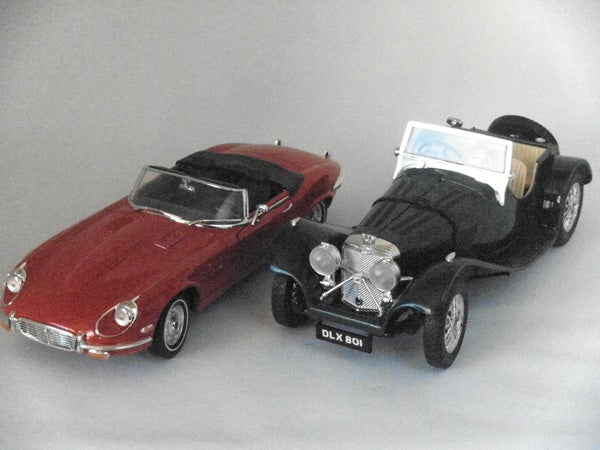
This is the full frame at 3200 ISO.
—-
”A range of general test shots are shown over the next two pages. In some cases, the full size image has been reduced for bandwidth purposes, and a crop taken from the original full resolution image has been placed below it to show the overall image quality. Some other pictures may be clicked to view the original full-size image.”
—-
Here’s the usual detail test shot of the West Window of Exeter Cathedral, for you to compare with other cameras. See below for a full res crop, or click to see the whole picture. File size 5.9MB.
—-
The level of recorded detail is quite low, despite the low compression.
—-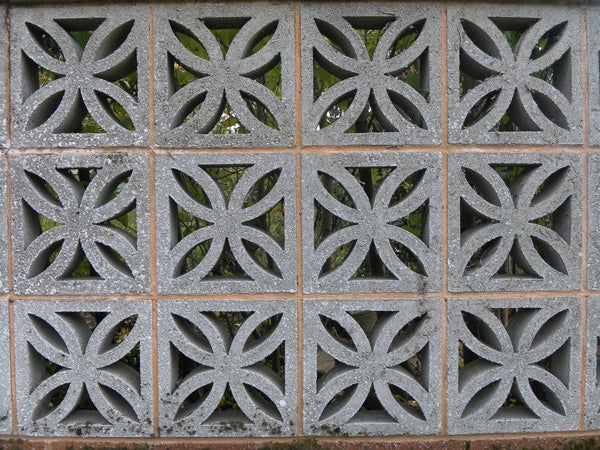
The lens produces relatively little barrel distortion.
—-
Centre sharpness is pretty good.
—-
Corner sharpness is also good, with almost no chromatic aberration.
—-
”Here are some general test shots to help evaluate the camera’s overall image quality, including dynamic range, colour rendition and the zoom range of the lens. Some pictures may be clicked to download the full size original image. ”
—-
The wide angle is equivalent to 35mm.
—-
The telephoto end is equivalent to 175mm.
—-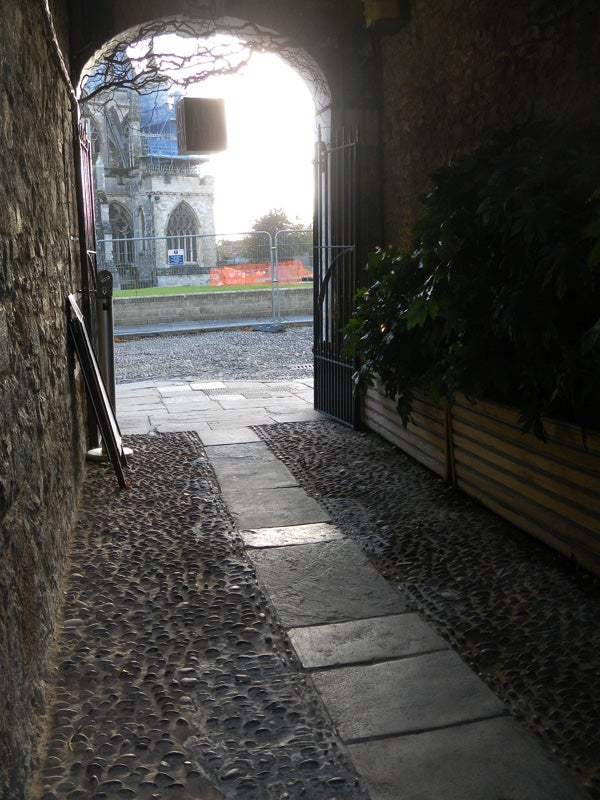
Dynamic range is not particularly good, and the glass lens cover scatters light in back-lit shots.
—-
Colour is a bit undersaturated.
—-
Trusted Score
Score in detail
-
Value 8
-
Image Quality 6
-
Build Quality 9
Features
| Camera type | Digital Compact, Digital SLR |
| Megapixels (Megapixel) | 12.2 Megapixel |
| Optical Zoom (Times) | 5x |
| Image Sensor | 1.2/33-inch 12.2MP |
| Optical focal length | 6.3-31.5mm |
| Shutter speed | 8-1/1000 |
| Auto focus | TTL Multi-zone AF, centre zone AF |
| Manual focus | No |
| Max output resolution | 4000x3000 |
| Other resolutions | 3984x2656, 3968x2232, 3264x2448, 2592x1944, 2048x1536, 1024x768 |
| Focus range | Wide: 80cm to infinity, Tele: 80cm to infinity, Macro 5cm |
| Exposure control | Program auto |
| Exposure metering | Multi-pattern, Spot, Centre-weighted |
| Exposure compensation | +/- 2EV |
| Image Stabilisation | Digital |
| ISO settings | Auto, 80, 100, 200, 400, 800 1600, 3200 |
| LCD Monitor | 2.7-inch |
| Viewfinder | N/A |
| Flash range | Wide: 0.2m-0.3m, Tele: 0.5m-2m (ISO Auto) |
| Flash modes | Auto, Auto and Red-eye Reduction, Fill-in flash, Slow Sync, Flash off, Red eye fix |
| White balance modes | Auto, daylight, fluorescent_h, fluorescent_l, tungsten, custom |
| Drive modes | Single, continuous |
| Image formats | JPEG, EXIF, DPOF, PictBridge 1.0, Movieclip: MP4, Audio: WAV |
| Picture adjustments | Photo styles, colour effects |
| Video (max res/format) | 1280x720, 30fps, mono audio, with optical zoom |
| Movie length | Card capacity |
| Self timer | 2/10 secs |
| Memory card slot | SD/SDHC |
| Supplied memory | 20MB |
| Batteries supplied | 740mAh Li-on rechargable |
| Charger supplied | Yes (USB charging) |
| A/V output | PAL and NTSC |
| Charging/Computer Connection | USB 2.0 |
| Manual | Multi-lingual basic printed guide, full manual on CD |
Physical Specifications
| Dimensions Width (Millimeter) | 93.8mm |
| Depth (Millimeter) | 61mm |
| Weight (body only) (Kilogram) | 121gkg |

